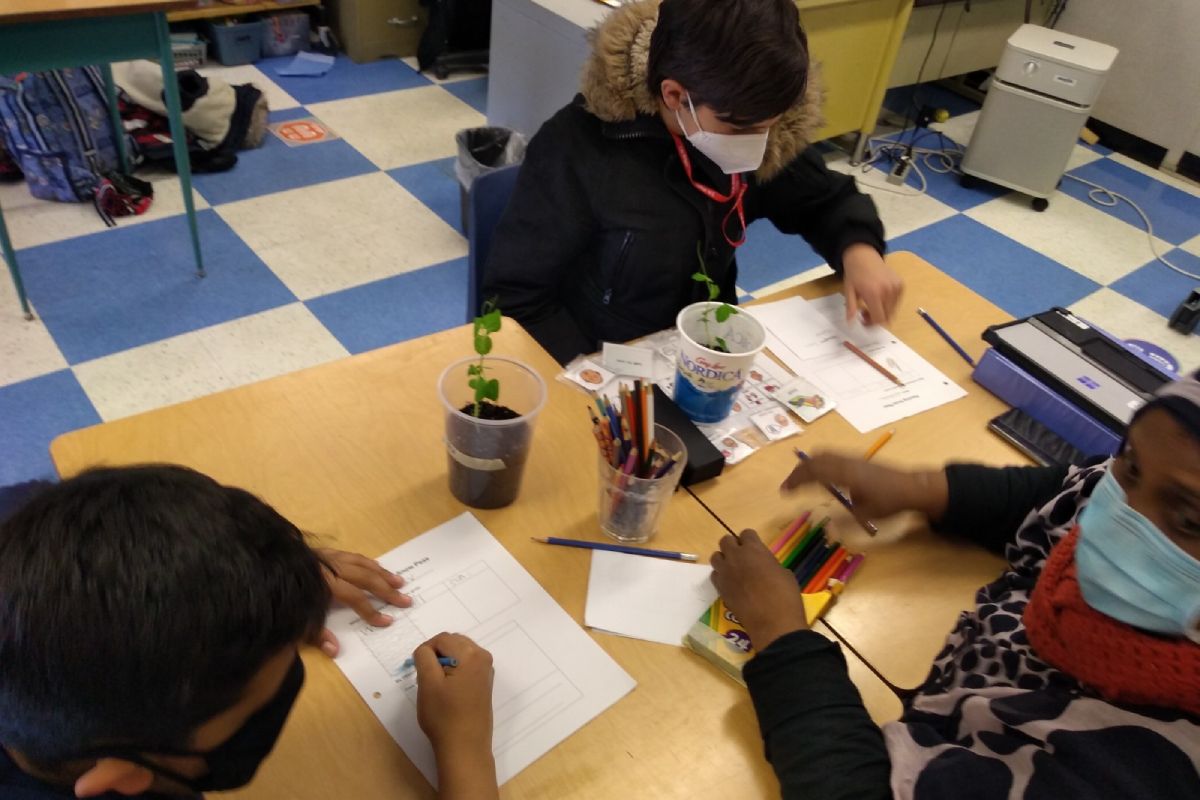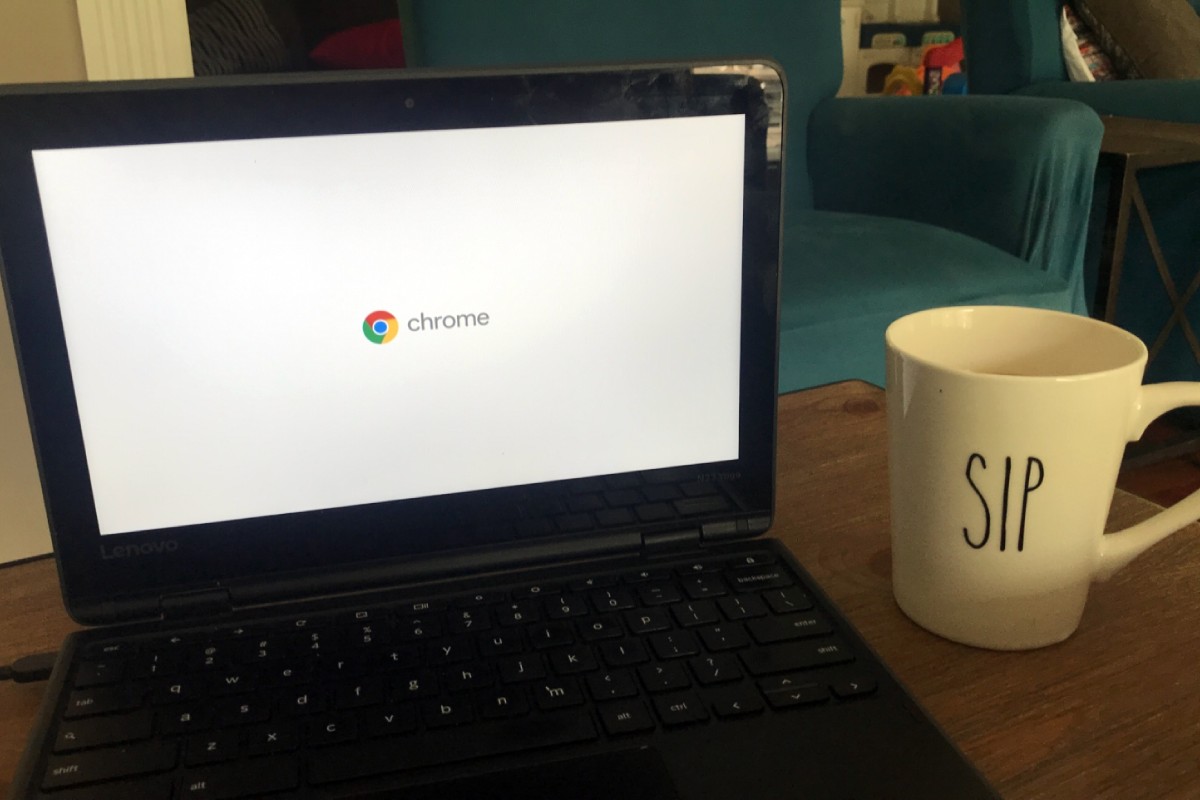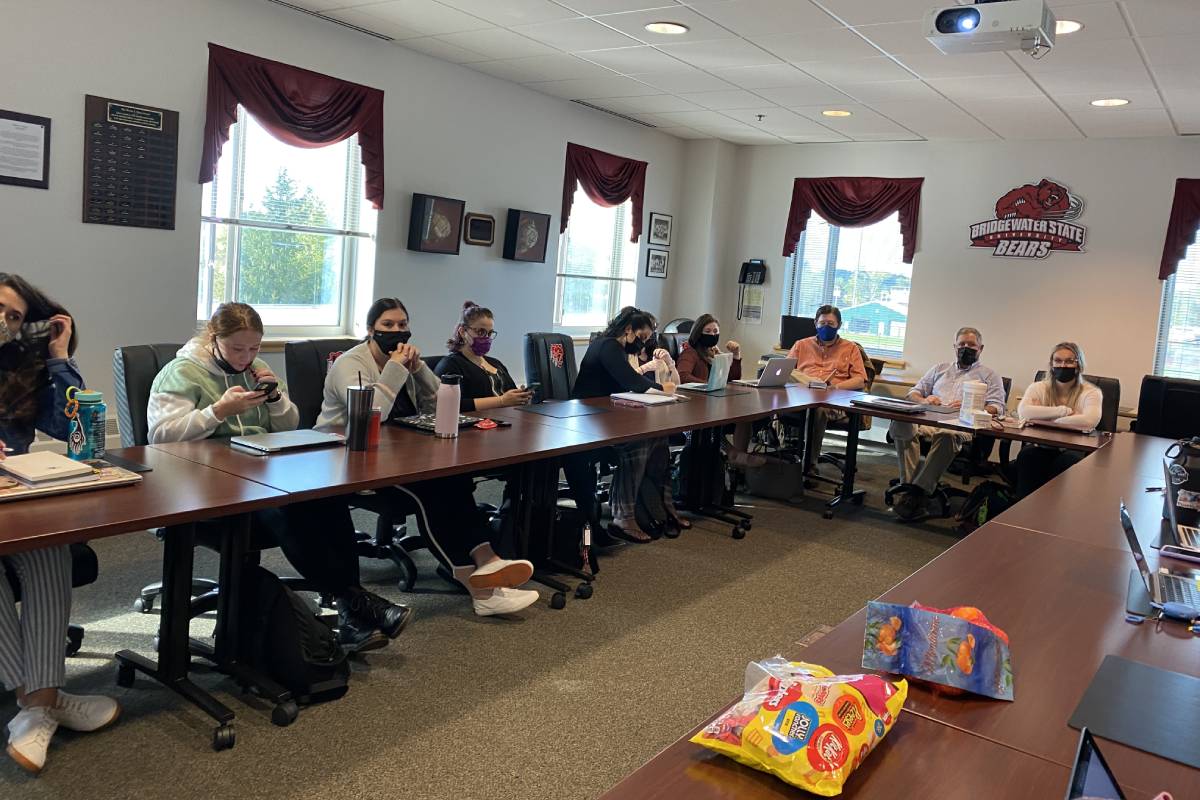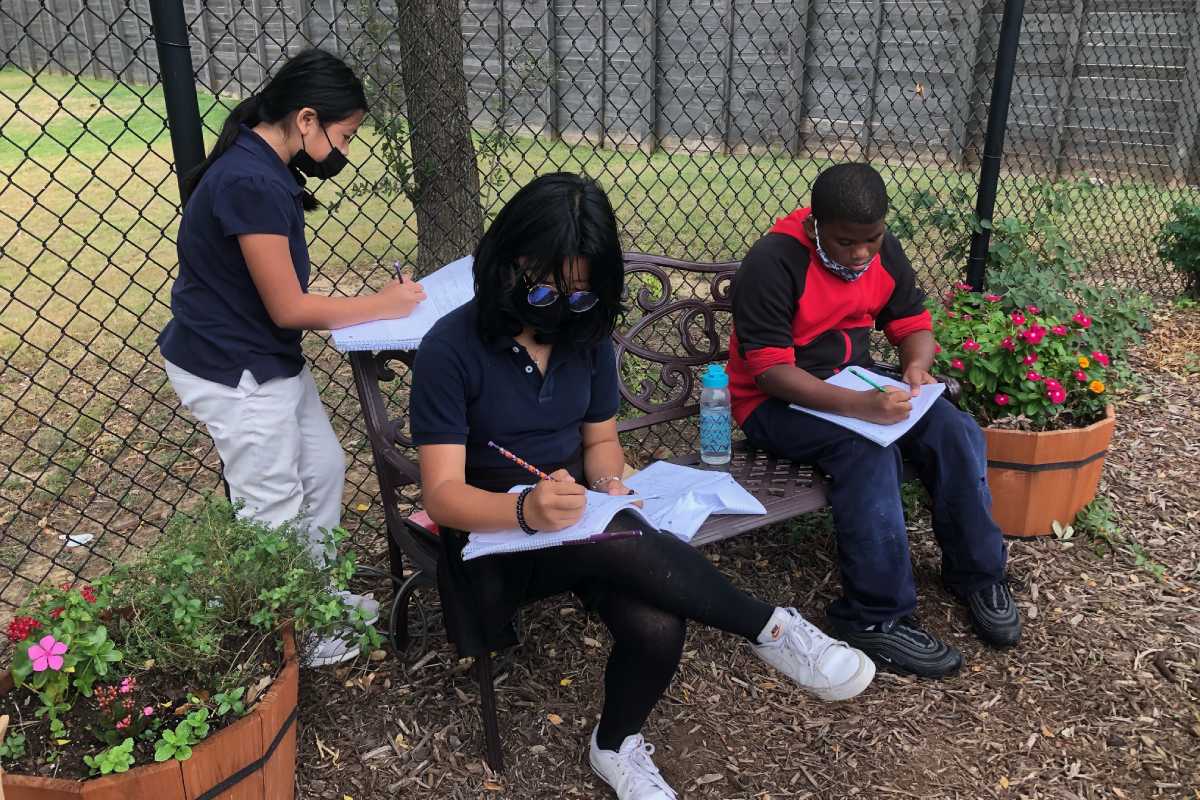Pandemic Exodus: Where Have Public School Students Gone?
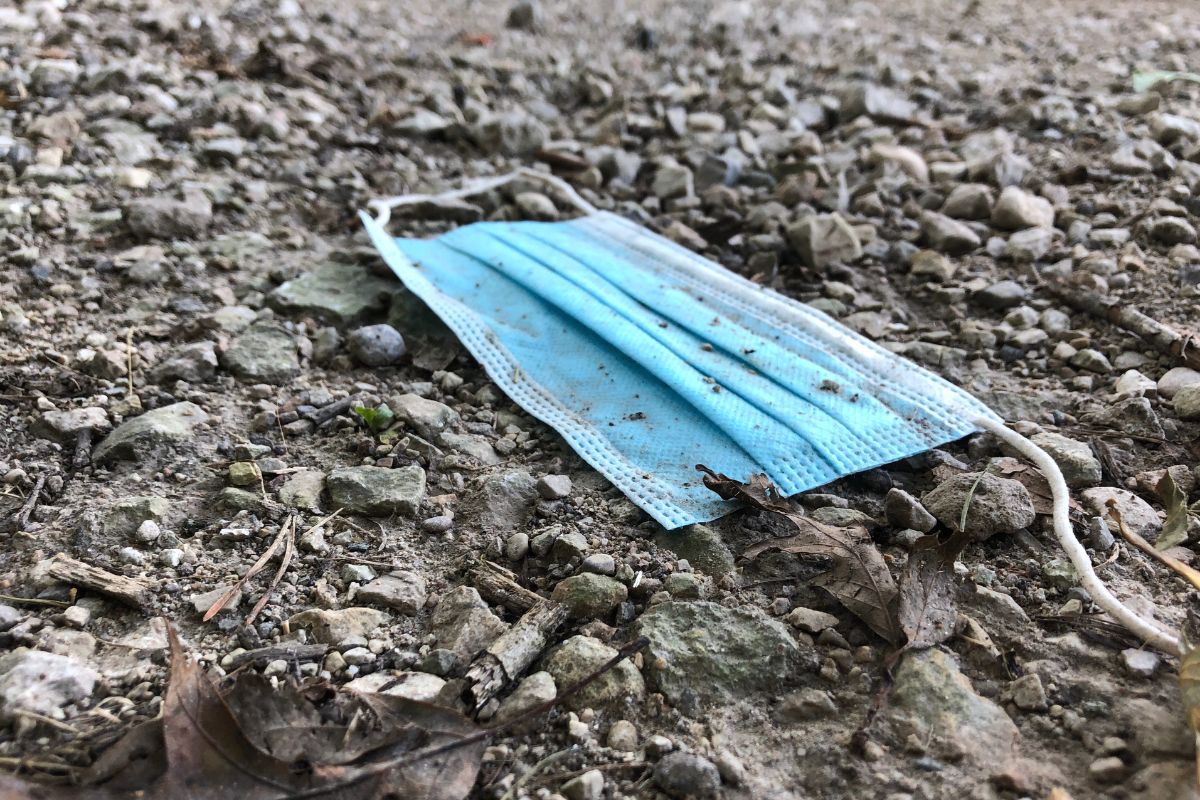
The COVID-19 pandemic has brought significant changes to the education system in the United States, and a new study has shed light on some of these changes. The study reveals that there are two primary explanations for where the students of the pandemic exodus from public schools went: homeschooling and private schooling.
The growth in homeschool enrollment is equivalent to 26 percent of the corresponding decline in public school enrollment, while the contribution of increased private-school enrollment is smaller (i.e., 14 percent). The decline in the resident school-age population is also equivalent to 26 percent of the public school enrollment decline over this two-year period. However, more than a third of the loss in public school enrollment cannot be explained by corresponding gains in private school and homeschool enrollment and by demographic change. The study also shows that there are three potential explanations for these large and unexplained enrollment losses: an increase in truancy, growth in the prevalence of unregistered homeschooling, and an increase in the number of young learners skipping kindergarten. The sharp and sustained growth in homeschooling raises policy-relevant questions, particularly regarding the quality of education children have received since the onset of the pandemic. Overall, the study provides new insights that can guide ongoing efforts to understand the educational impact of the pandemic and to address those effects.
Private School Enrollment
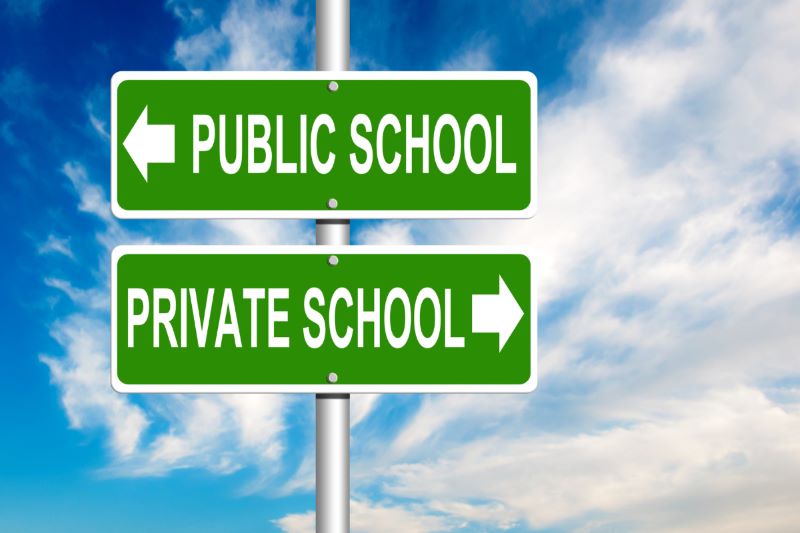
The article discusses a report that identifies changes in private school enrollment in 33 US states during the pandemic. Overall, private school enrollment increased by 4.3% between 2019 and 2021, with significant variation between states. The data indicates that families who avoided public kindergarten in 2020-21 chose private schools instead. The report also compares private school enrollment changes to public school enrollment declines during the pandemic, finding that private school growth explains over 14% of the decline in public school enrollment.
Homeschool Enrollment
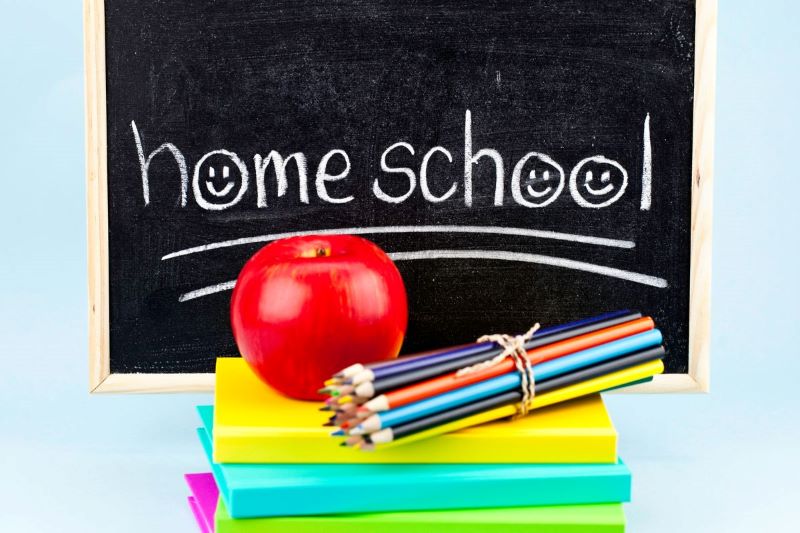
The article reports on the increase in homeschooling enrollment in the US during the pandemic. Data was collected from 21 states and DC, where homeschooling is required to be reported, and it was found that homeschooling enrollment increased by 30% between the 2019-2020 and 2021-2022 school years. The percentage increase varied across states, with Florida, New York, and Pennsylvania seeing particularly large increases. The increase in homeschooling enrollment was significant in absolute terms, with homeschooling accounting for 26% of the decline in public school enrollment during the pandemic.
The School-Age Population
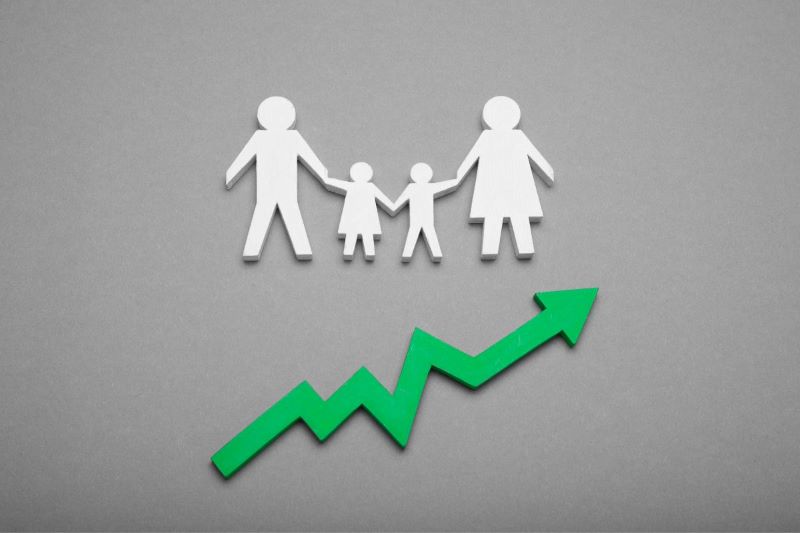
The US experienced historically low growth in the overall population between 2020 and 2021, with a large amount of domestic migration contributing to substantial differences in the location of the US population. This demographic change, combined with a decline in the school-age population of over 250,000 during the pandemic, likely contributed meaningfully to public school enrollment losses. The demographic changes in the size of the school-age population in each state also appear to contribute meaningfully to the corresponding changes in public school enrollment, with up to 40% of the decline in public school enrollment in some states being attributable to underlying demographic change. These patterns suggest that broad factors shaping location decisions during the pandemic contributed to the changes in public school enrollment, and districts that lost enrollment because of such factors are unlikely to see their enrollment rebound substantially.
Implications
The COVID-19 pandemic has caused significant disruptions to the education system in the United States, leading to changes in enrollment patterns across public, private, and homeschooling sectors. While demographic changes contributed meaningfully to the corresponding changes in public school enrollment, more than a third of the loss in public school enrollment cannot be explained by corresponding gains in private school and homeschool enrollment and by demographic change. The study suggests that an increase in truancy, growth in the prevalence of unregistered homeschooling, and an increase in the number of young learners skipping kindergarten may explain these large and unexplained enrollment losses.
The sharp and sustained growth in homeschooling raises policy-relevant questions, particularly regarding the quality of education children have received since the onset of the pandemic. Policymakers need to ensure that parents have access to the necessary resources and support to provide high-quality education to their children, and that homeschooled children have opportunities to socialize with their peers. Moreover, districts need to work on developing targeted strategies to address truancy, unregistered homeschooling, and kindergarten skipping, and to ensure that public schools are attractive and safe options for families. The pandemic has revealed the importance of access to education for all children, and policymakers must prioritize finding ways to address the impact of the pandemic on the education system, support families, and ensure that all students receive the education they deserve.


